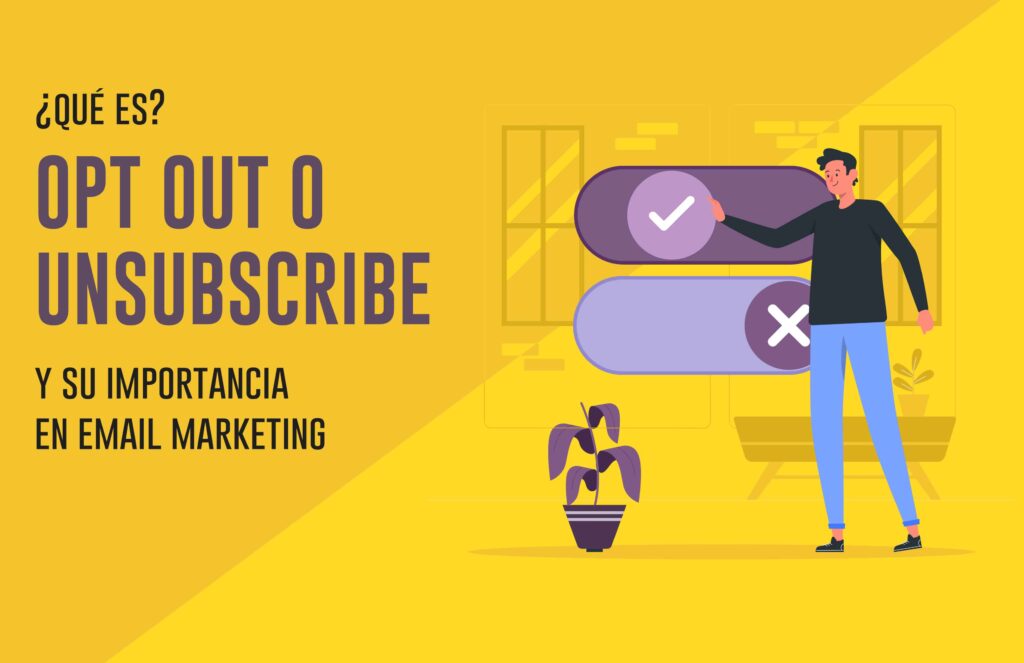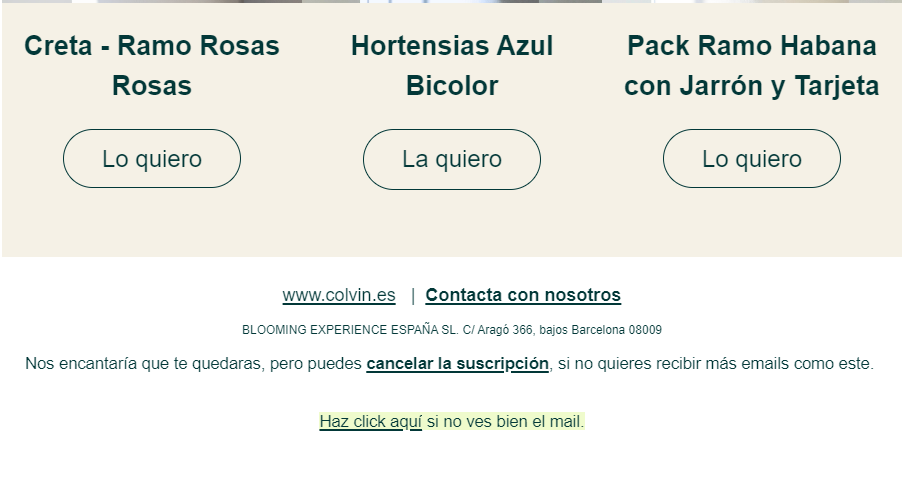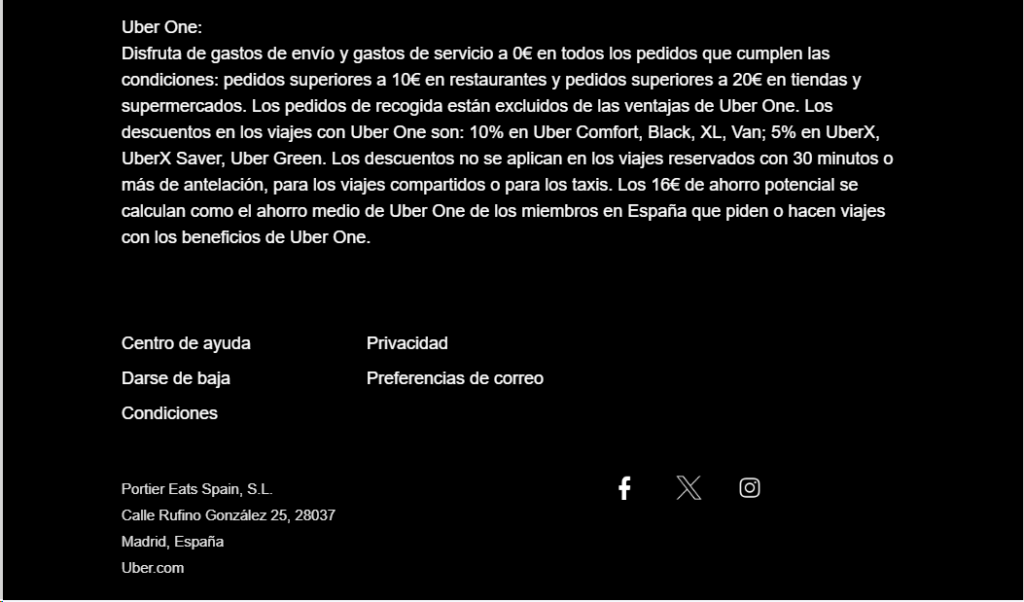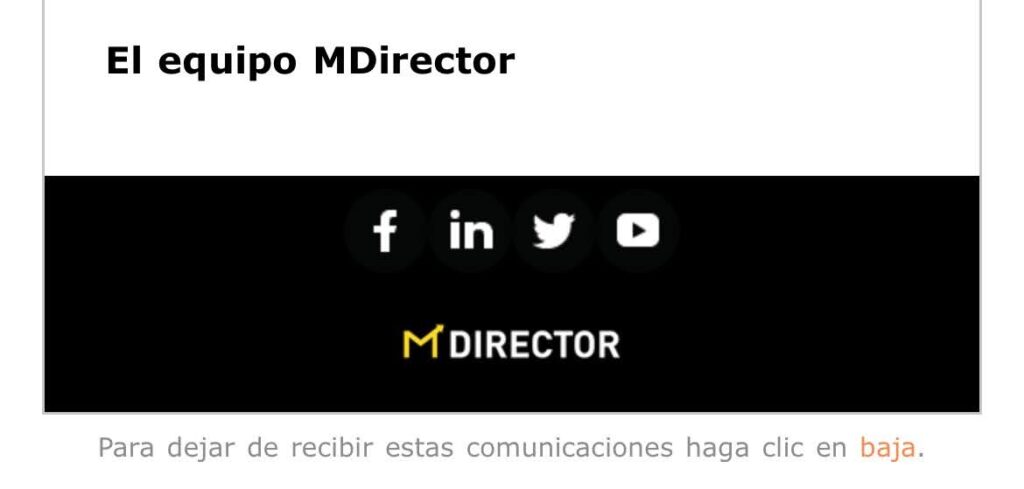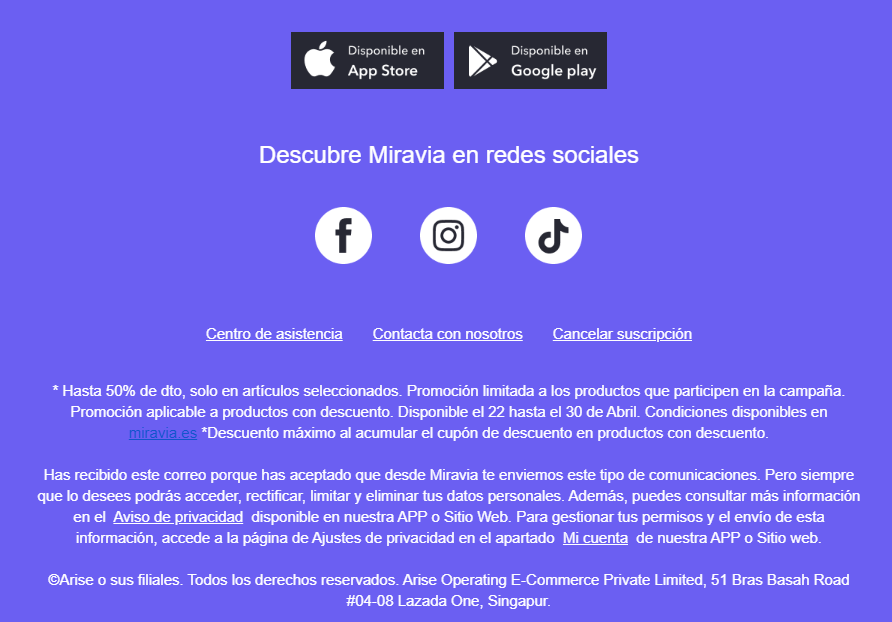What is Opt-Out and Its Importance in Email Marketing
the 07 of May of 2024
the 07/05/2024
In the world of email marketing, the interaction between sender and recipient is key. Understanding and respecting the user’s preferences is fundamental to achieving a positive and effective relationship. In this context, the Opt-Out option plays a crucial role. This action, performed by the users themselves, is of great importance to the success of email marketing strategies.
Below, we will explore what Opt-Out is, why it’s important, and how it should be managed to optimize your email marketing campaigns effectively.
TABLE OF CONTENTS
What is Opt-Out?
The term Opt-Out is a common action in email marketing where a recipient decides to stop receiving emails from a particular list or sender. Unsubscribe, or “Opt-Out”, is an essential function for the success of a company’s advertising campaigns, as it allows users to choose the types of communications they want to receive, ensuring their privacy.
It’s important to emphasize that Opt-Out should not be seen as a failure for your company. On the contrary, it helps improve the quality of your database and, consequently, your campaigns.
Different types of Opt-Out
Now that you know what Opt-Out or Unsubscribe is, let’s explore the three types that exist depending on the action the user takes:
1. Direct Opt-Out
The General Data Protection Regulation (GDPR) requires that the recipient explicitly and actively consents to be part of your email list to receive communications. This process is known as Opt-In. Conversely, Direct Opt-Out occurs when the user chooses not to give their consent to the company when creating an account or filling out a registration form, thereby avoiding automatic inclusion in unwanted email lists. This approach reinforces the importance of user autonomy in managing their personal data and communication with companies.
2. Indirect Opt-Out
Although it’s not recommended to purchase databases from third parties, some companies still choose to violate GDPR regulations. Often, the user is unaware of who the sender is. In these situations, the customer can use various tools to unsubscribe:
- Click the “unsubscribe” button or a similar option in the email.
- Use tools like Gmail’s “Unsubscribe” link.
- Contact the sender and request removal.
- File a complaint with the email service provider.
- Mark the email as “spam”; although this won’t remove you from the database, it will prevent future emails from reaching your inbox.
3. Unsubscribe
Finally, unsubscribe occurs when a user who has agreed to be part of your database decides not to remain a part of it, for one reason or another. To be fully compliant, the Opt-Out option must be clear and easy to use. Typically, an unsubscribe link is included at the bottom of the email.
It’s recommended to offer two ways to unsubscribe, for example, opting out of “promotions and offers but continuing to receive the newsletter,” or choosing a complete opt-out if they no longer wish to receive any communications.
How to set up an Opt-Out or Unsubscribe with MDirector
To ensure compliance with legislation, our platform automatically includes a link to unsubscribe from the newsletter. However, if you wish, you can always customize the message by contacting support.
Why you should offer an Unsubscribe Option
Including the Opt-Out or Unsubscribe button is essential in any email marketing campaign. There are several reasons why you shouldn’t be afraid to offer this option in your emails, including the following:
1. Improved customer satisfaction
Allowing customers to control their inbox and the types of communications they wish to receive will make them feel more satisfied and confident.
2. Optimized deliverability
Cuando el cliente tiene la opción fácil de Unsubscribe, pero no lo hace, es porque realmente le interesa el contenido y, por tanto, esto mejora la tasa de apertura. En cambio, si un suscriptor no logra darse de baja, es muy probable que tu email termine en la carpeta de spam.
3. Alignment with legal regulations
Under GDPR, including an unsubscribe link is necessary to protect citizens’ data. Additionally, data controllers are required to delete information if it is no longer relevant to the original purpose of its collection, or if the individual withdraws their consent.
4. Data Collection for Improvements
The Opt-Out or Unsubscribe option provides insights into consumer preferences and behaviors. This information can and should be used to improve future marketing strategies and to personalize communications more effectively.
Strategies to minimize Opt-Out
Now that you understand that having an Unsubscribe link in email marketing is indispensable, both for complying with current regulations and for achieving better results, MDirector wants to help you maintain a healthy relationship with your subscribers. Take note of the following suggestions to reduce the unsubscribe rate:
- Offer relevant and valuable content to users.
- Limit the frequency of email sends.
- Segment your subscriber list to send more targeted and personalized messages.
- Make the Opt-Out process easy with a clear, straightforward link in every email.
- Request feedback from users who choose to unsubscribe to better understand their reasons and improve accordingly.
- Improve the quality of your database; only send messages to those who agree to receive them.
In short, respecting subscribers’ decisions is crucial for building trust. Offering a clear and easy Opt-Out or Unsubscribe option not only ensures compliance with regulations but also helps you maintain a quality database.

